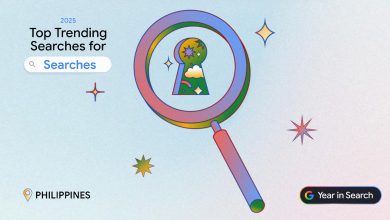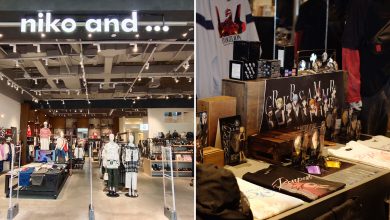Singapore – BBH Asia Pacific has hired Communications Planning expert Simon Kemp to join its Engagement Planning team.
Kemp brings a breadth of experience from all over the world, having most recently been Communications Planning Director for UM’s Asia-Pacific operations, where he worked on clients including The Coca-Cola Company, MasterCard, and Jollibee Food Corporation. Before that, Simon was Consumer Context Planning director for Starcom MediaVest Group.
< width="420" height="420" src="/global//UserFiles/Simon Kemp ED. " alt="" />
Before moving to Asia, Simon worked at ascension strategy consulting in London, where he helped develop global marketing frameworks for Unilever and InBev, and worked with teams on 5 continents to bring these to life. He was a key member of the team that developed the ‘glass and a half full of joy’ positioning that inspired Cadbury’s famous Gorilla campaign.
Said John Hadfield, Managing Director, BBH Asia Pacific: “Simon has the perfect combination of skills, interests and experience to enable us to continue to develop our Engagement Planning offer across the region. And he also happens to be a thoroughly nice chap,”.
Engagement Planning is a discipline unique to BBH in Asia and works in harmony with brand planning. Its role is to bring multi channel media thinking back into the agency in order to inform creative development from the outset. This is essential in a highly fragmented and increasingly interactive media environment.
adobo magazine. The Word on Advertising.







